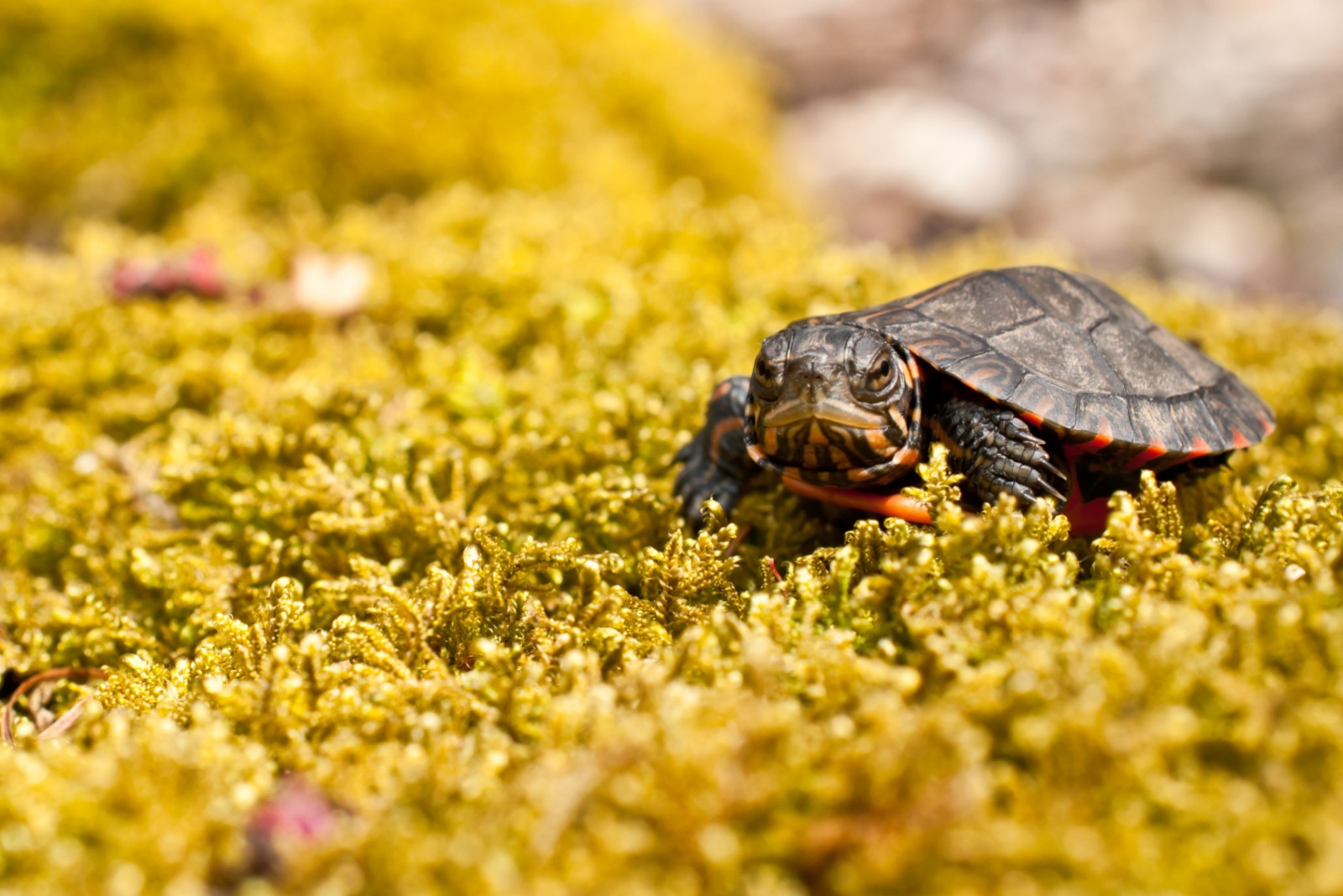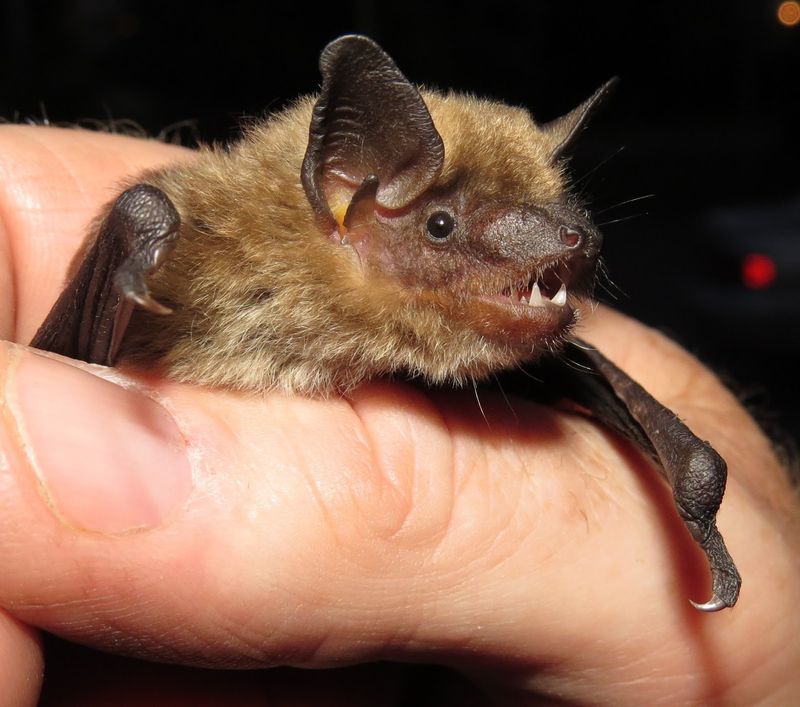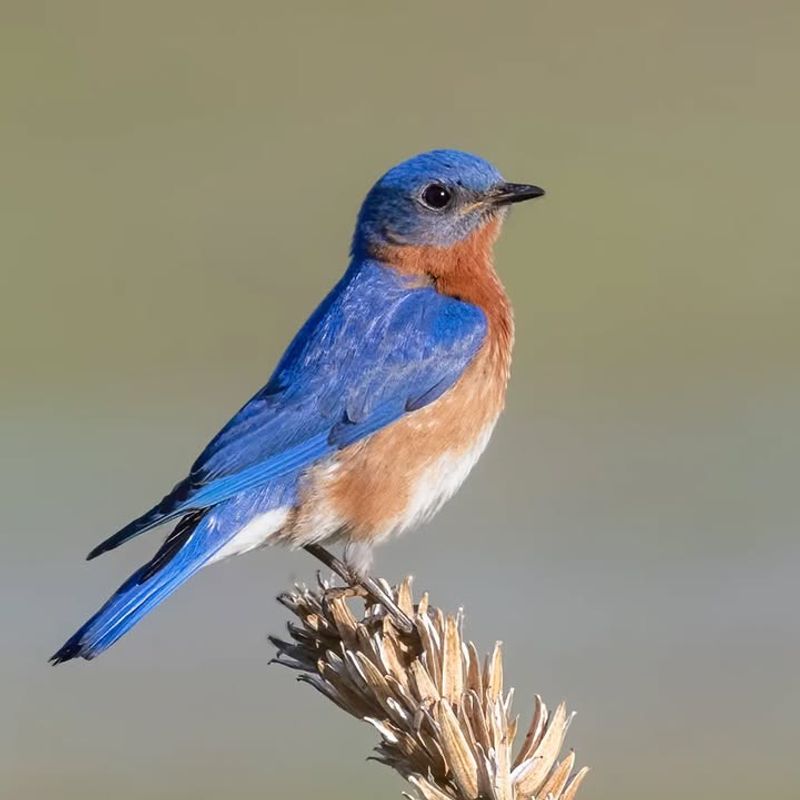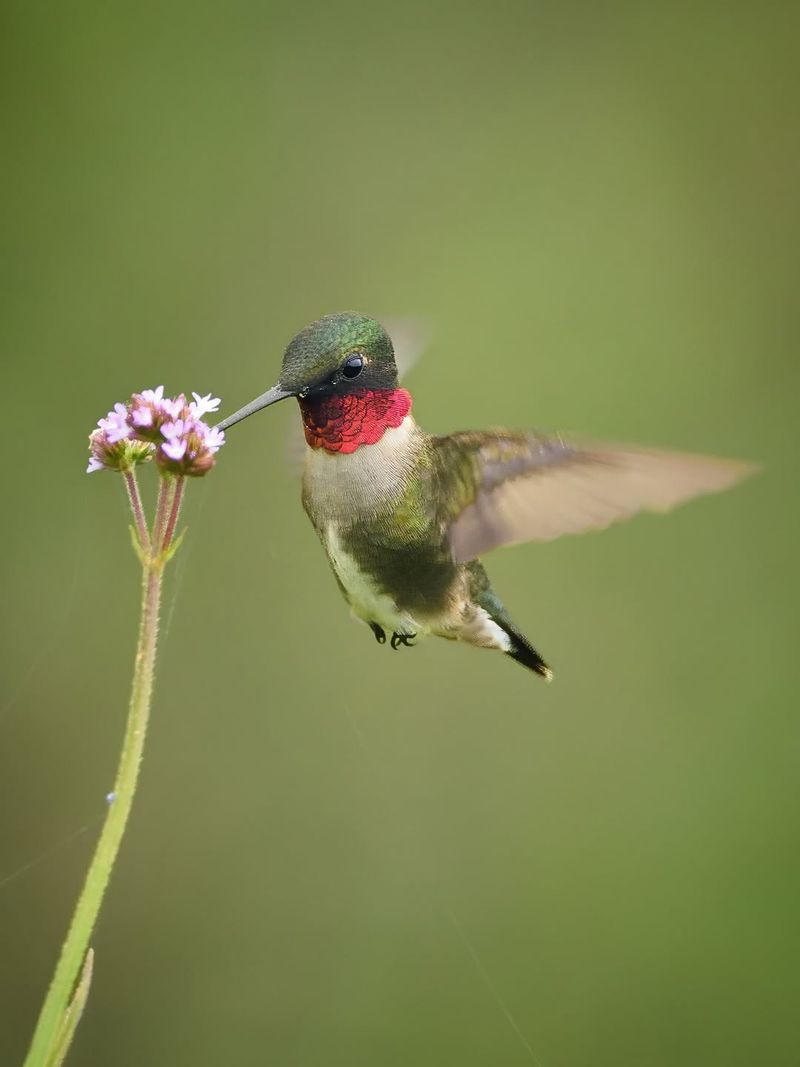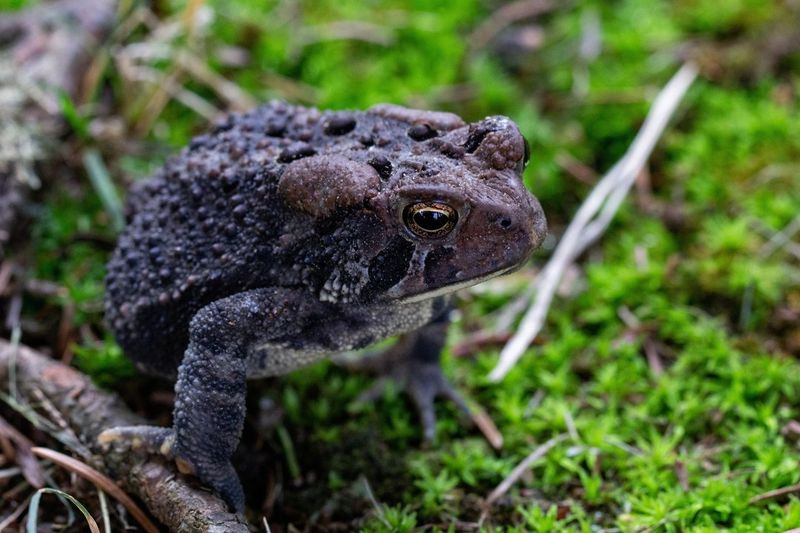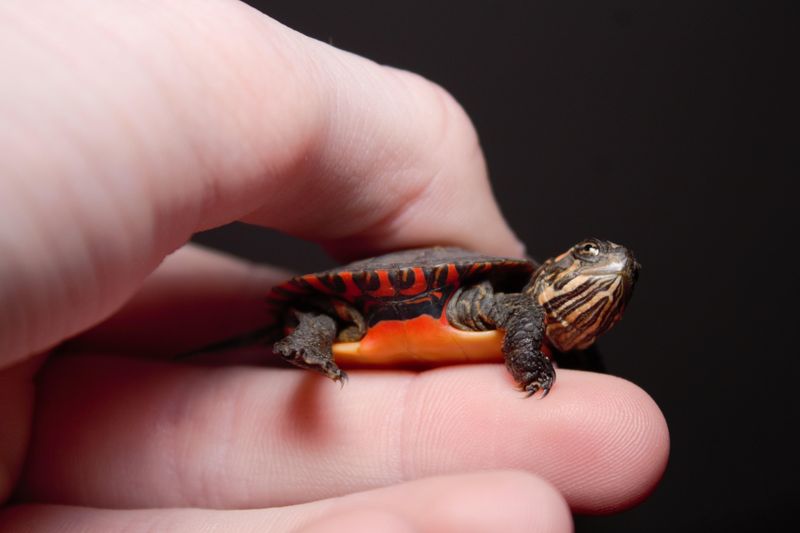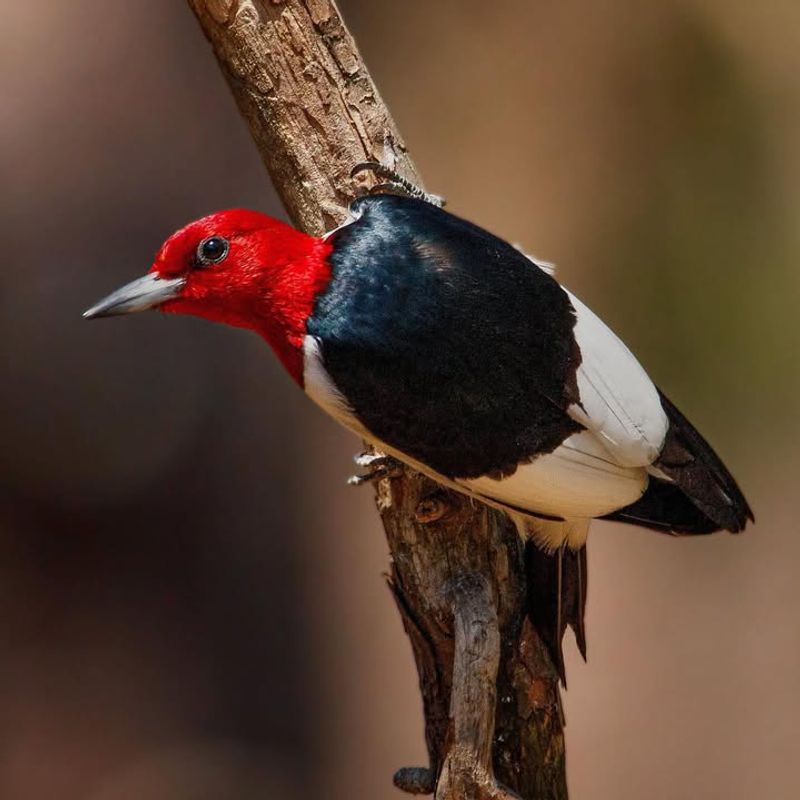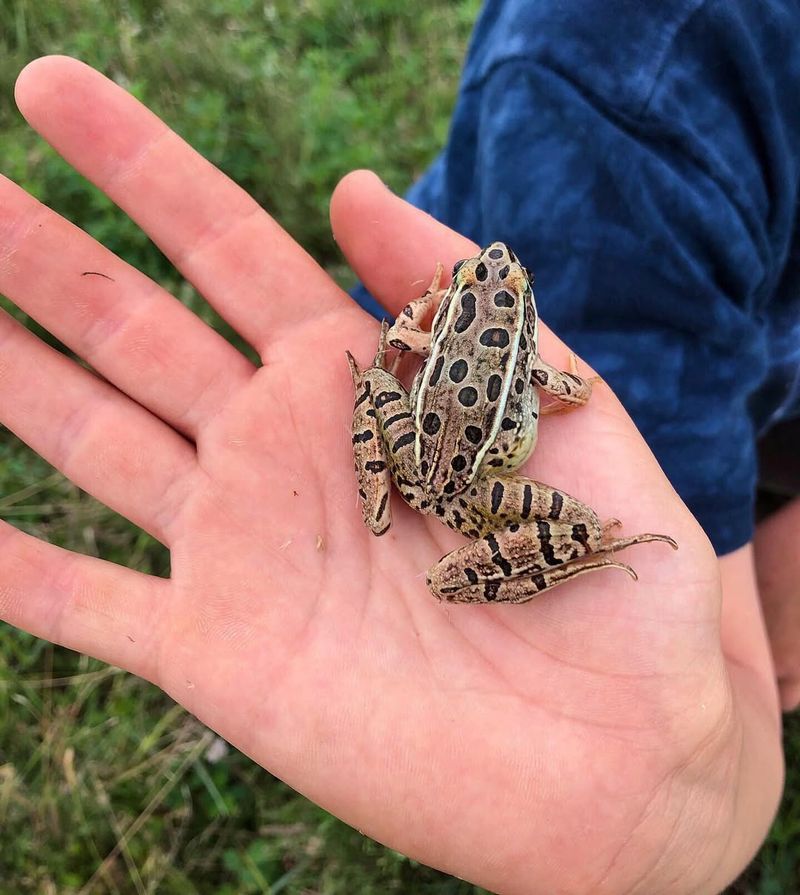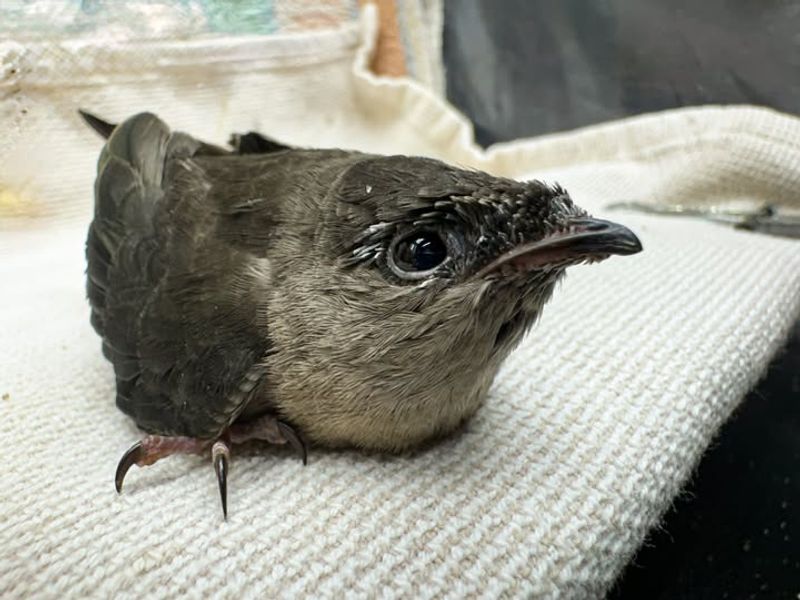Minnesota backyards host creatures that turn ordinary yards into protected sanctuaries. Some arrive with bright wings, some with tiny claws, and others with squeaks or croaks, yet all carry laws that shield them from quick eviction.
One wrong move, and a homeowner walks straight into a legal buzzsaw. These animals earn their keep by controlling pests, pollinating plants, or balancing local ecosystems.
1. Monarch Butterflies
With wings painted in brilliant orange and black, Monarch butterflies are more than just pretty insects—they’re officially protected in Minnesota. Their populations have dropped dramatically over recent decades due to habitat loss.
Federal and state regulations prohibit harming these delicate travelers or destroying their milkweed host plants. If you spot caterpillars munching on your milkweed, consider it a privilege rather than a pest problem.
Creating a butterfly-friendly space actually increases your property value and supports an endangered migration pattern that spans thousands of miles.
2. Big Brown Bats
Finding bats roosting in your attic might seem alarming, but Minnesota law strictly regulates their removal, especially during breeding season from May through August. Big brown bats devour thousands of mosquitoes and agricultural pests nightly, making them incredibly valuable neighbors.
White-nose syndrome has devastated bat populations across North America, earning them protected status. You must hire licensed wildlife professionals who follow specific exclusion methods that allow bats to leave but not return.
Never seal openings while bats are inside, as this violates state regulations and can result in significant penalties.
3. Eastern Bluebirds
Sporting brilliant blue feathers that catch sunlight like sapphires, Eastern bluebirds hold special protection under the Migratory Bird Treaty Act. Even if they build nests in inconvenient spots around your home, you cannot disturb active nests or remove eggs.
Conservation efforts have brought these songbirds back from near-extinction in Minnesota. Their presence indicates a healthy environment since they feed primarily on insects harmful to gardens.
Installing proper nest boxes away from main structures encourages them to settle in better locations while keeping you compliant with federal law.
4. Ruby-Throated Hummingbirds
Weighing less than a nickel, ruby-throated hummingbirds zip through Minnesota gardens each summer under full federal protection. Their nests, often mistaken for small bumps on tree branches, cannot be touched or relocated even if construction projects are planned.
The Migratory Bird Treaty Act imposes serious penalties for disturbing these tiny dynamos or their habitats. They pollinate numerous native plants while consuming insects that damage gardens.
Hanging feeders filled with sugar water provides supplemental nutrition without violating any regulations, and actually helps support their exhausting migration to Central America each fall.
5. American Toads
Hopping through flower beds and hiding under porch steps, American toads might seem like simple garden visitors, but Minnesota classifies them as protected amphibians. Their warty skin and nocturnal habits make them excellent pest controllers, devouring hundreds of insects weekly.
Amphibian populations serve as environmental health indicators, and their declining numbers have prompted strict conservation measures. Relocating or harming toads violates state wildlife regulations.
Creating small water features and leaving leaf litter provides habitat while keeping these beneficial creatures naturally distributed throughout your property for maximum pest control benefits.
6. Painted Turtles
Sunbathing on logs near water features, painted turtles are Minnesota natives protected by state wildlife laws that prohibit collection, harm, or relocation without permits. Their colorful shells and peaceful demeanor make them tempting to keep as pets, but doing so is illegal.
Turtle populations face threats from habitat destruction and road mortality, making every individual important for species survival. If you discover turtle eggs in your garden, leave them undisturbed.
Installing turtle-friendly fencing around ponds keeps them safe while maintaining their natural behaviors and legal protections within their established territories.
7. Red-Headed Woodpeckers
Drumming on trees and occasionally siding, red-headed woodpeckers enjoy protection despite sometimes causing property damage. Federal law prohibits harming these declining birds or destroying their nesting cavities, even when they peck holes in wooden structures.
Their population has dropped over 70 percent since the 1960s, making conservation critical. Woodpeckers target wood already infested with insects, so their presence often indicates underlying pest problems worth addressing.
Installing deterrents like reflective tape or providing alternative trees can redirect their attention legally while preserving these striking birds for future generations.
8. Northern Long-Eared Bats
Distinguished by ears that seem too large for their tiny heads, northern long-eared bats carry federal endangered species protection that makes unauthorized removal a serious offense. White-nose syndrome devastated their populations, dropping numbers by over 90 percent across their range.
Finding these bats in your home requires immediate contact with licensed professionals trained in legal exclusion methods. Standard pest control companies cannot legally handle them.
Violations can result in penalties exceeding ten thousand dollars per bat, making proper identification and professional assistance absolutely essential before taking any action whatsoever.
9. Leopard Frogs
Leaping through wet grass with distinctive spotted patterns, leopard frogs are protected amphibians that cannot be captured or removed from Minnesota properties. Once abundant across the state, their numbers have declined significantly due to pollution and habitat loss.
Minnesota regulations classify them as species of special concern, prohibiting collection even for educational purposes without permits. Their diet consists mainly of insects that damage crops and gardens.
Maintaining pesticide-free zones and preserving damp areas provides essential habitat while keeping you compliant with state conservation laws designed to prevent further population decline.
10. Chimney Swifts
Swooping through twilight skies and nesting inside chimneys, these aerial acrobats hold federal protection that prevents homeowners from removing them during breeding season. Chimney swifts cannot perch like other birds, instead clinging to vertical surfaces with specially adapted feet.
Their populations have dropped nearly 70 percent, making every nesting site valuable for species survival. Once young birds fledge in late summer, you can install chimney caps legally.
Until then, enjoy free mosquito control as adults capture thousands of flying insects daily while raising their families in your unused flue.

